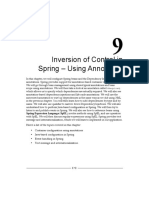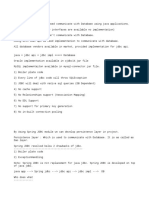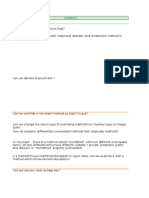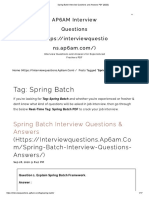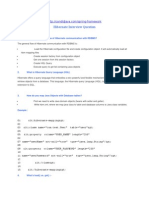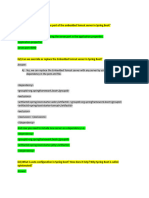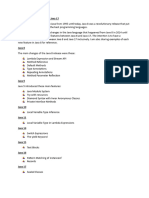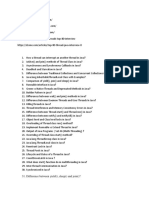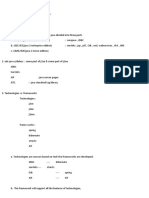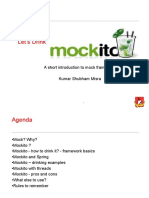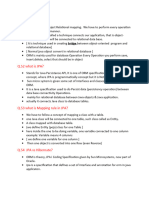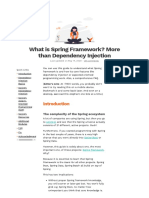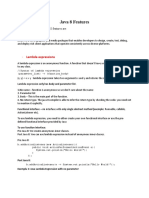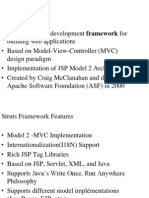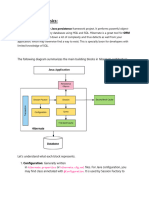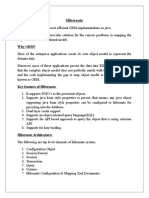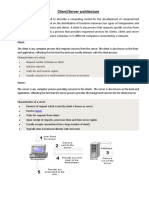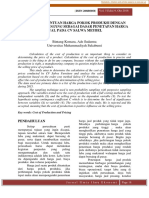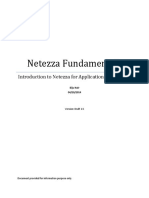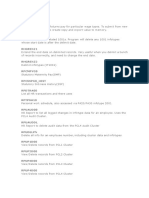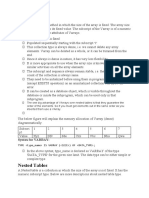0% found this document useful (0 votes)
268 views50 pagesHibernate Tool
The document describes the steps to use the Hibernate reverse engineering tool to generate domain classes, mapping files, and configuration files from an existing database table. It provides instructions on adding the Hibernate plugin to Eclipse, generating a configuration file, generating a mapping file from a database table, and includes an example of generating and saving an Employee domain object to demonstrate the process.
Uploaded by
Arobinda BachharCopyright
© © All Rights Reserved
We take content rights seriously. If you suspect this is your content, claim it here.
Available Formats
Download as PDF, TXT or read online on Scribd
0% found this document useful (0 votes)
268 views50 pagesHibernate Tool
The document describes the steps to use the Hibernate reverse engineering tool to generate domain classes, mapping files, and configuration files from an existing database table. It provides instructions on adding the Hibernate plugin to Eclipse, generating a configuration file, generating a mapping file from a database table, and includes an example of generating and saving an Employee domain object to demonstrate the process.
Uploaded by
Arobinda BachharCopyright
© © All Rights Reserved
We take content rights seriously. If you suspect this is your content, claim it here.
Available Formats
Download as PDF, TXT or read online on Scribd
/ 50

